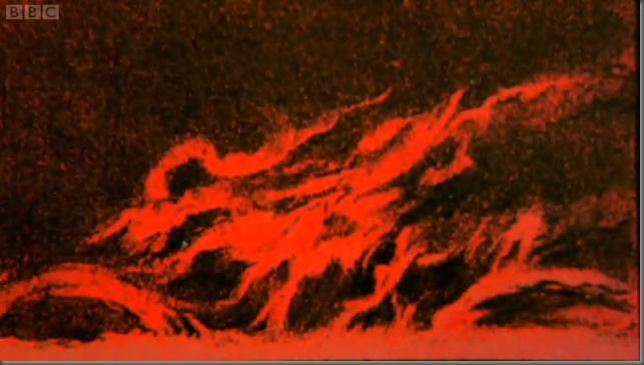It is only fairly recently in human history that people realised that our Sun is a star. For this discovery, we have to thank Father Angelo Secchi, the Vatican’s Chief Astronomer, and his work in stellar spectroscopy.

Spectroscopy involves passing light from a source through a prism to break it up into its constituent colours. If the light is absolutely ‘pure’, the spectrum observed will be continuous, with no breaks. But if the light has passed through any transparent medium (other than vacuum, of course), the medium will take out some portions of the spectrum in a very characteristic way: dark lines appear where the light was absorbed. Every element in the Universe has its own characteristic spectrum, and by studying the dark lines, we can identify the materials that the light went through.

In the 19th century, Father Secchi used an observatory above his church in Rome to gather light from the Sun. He split the light into its components, and then magnified each portion to study it more clearly. He discovered – at the edge of the Sun – a revelation.

Galileo, centuries earlier, had determined that the Sun was not an unblemished disc: it has spots that move, from which he inferred that the Sun rotates around its axis. But that was as far as the Sun’s imperfection went. Nobody had suspected that there were emanations from the Sun’s outer layers, prominences and flares. True, during eclipses, scientists had observed the solar corona before Secchi, but the brightness of the sunlight prevented closer study. Secchi found patterns and movement in the corona that nobody had seen before.

With Secchi’s technique, astronomers could study not only the edges but also the body of the Sun. Galileo’s sunspots were revealed as Earth-sized tears in its surface. The surface itself bubbled before their eyes. Soon they were able to identify the chemicals that made up the Sun. Dark bands in the spectrum revealed the presence of hydrogen, calcium and iron, and also an element that had previously been unknown on Earth. It was named after the Greek Sun god Helios – helium.
In 1862, Father Secchi turned his spectroscope to the night sky to see what the stars were made of. He recognised the pattern of chemicals immediately. They were all but identical to the Sun’s.
And thus, one of the great mysteries of the heavens was resolved. Our Sun is a star.
(From Episode 5: Star of the BBC's superb 1999 series The Planets)

0 comments:
Post a Comment